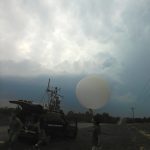
NSSL scientists will launch instrumented balloons into north Florida thunderstorms as part of an ongoing University of Florida triggered lightning experiment for two weeks beginning July 28.

NSSL scientists will launch instrumented balloons into north Florida thunderstorms as part of an ongoing University of Florida triggered lightning experiment for two weeks beginning July 28.

A team from NSSL will partner with the NOAA Hydrometeorological Testbed at the Weather Prediction Center to host the 1st annual Flash Flood and Intense Rainfall Experiment (FFaIR).
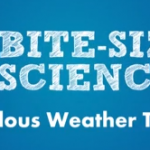
The latest video in the “Bite-Sized Science” series highlights the NOAA Hazardous Weather Testbed 2013 Spring Experiments.
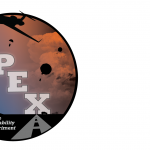
Today, researchers launched the Mesoscale Predictability EXperiment (MPEX) field project to collect data on pre-storm and post-storm environments in an effort to better predict where and when thunderstorms will form. MPEX runs from May 15 – June 15, and is funded by the National Science Foundation.
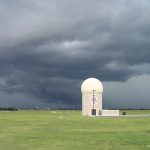
During the 2013 central Oklahoma severe weather season, researchers will demonstrate and evaluate new capabilities developed for the NOAA National Weather Radar Testbed Phased Array Radar (NWRT/PAR).
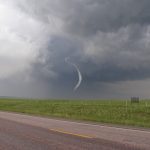
NSSL tornado climatology expert, Harold Brooks has written a blog post about the remarkable absence of tornado activity during the 12-month period from May 2012 to April 2013.

The National Weather Center will host renowned physicist Dr. Francis Slakey, Associate Director of Public Affairs at the American Physical Society, at 4 p.m. April 23 in Room 1313.
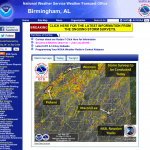
The NWSFO in Birmingham, Ala. used an NSSL product to plan surveys of damage caused by the tornadoes yesterday. NSSL’s On Demand is a web-based tool that can be used to help confirm when and…

Twice each year NSSL engineers release a software upgrade to improve the capabilities of the National Weather Radar Testbed Phased Array Radar (NWRT PAR). The Spring 2013 upgrade was released this week and is now operational.
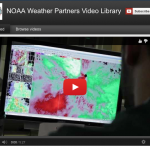
A new video traces NSSL’s legacy of life saving weather radar research from the development of Doppler weather radar to the most recent research with phased array radar.